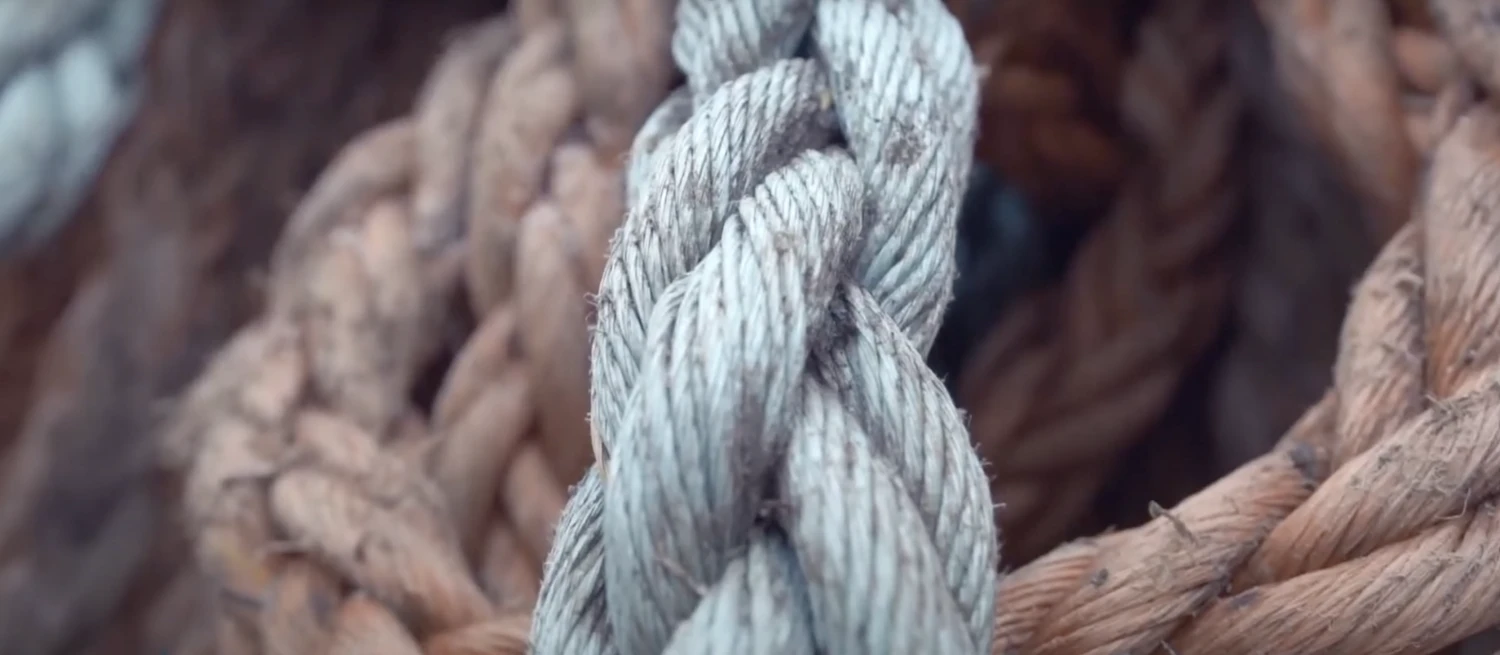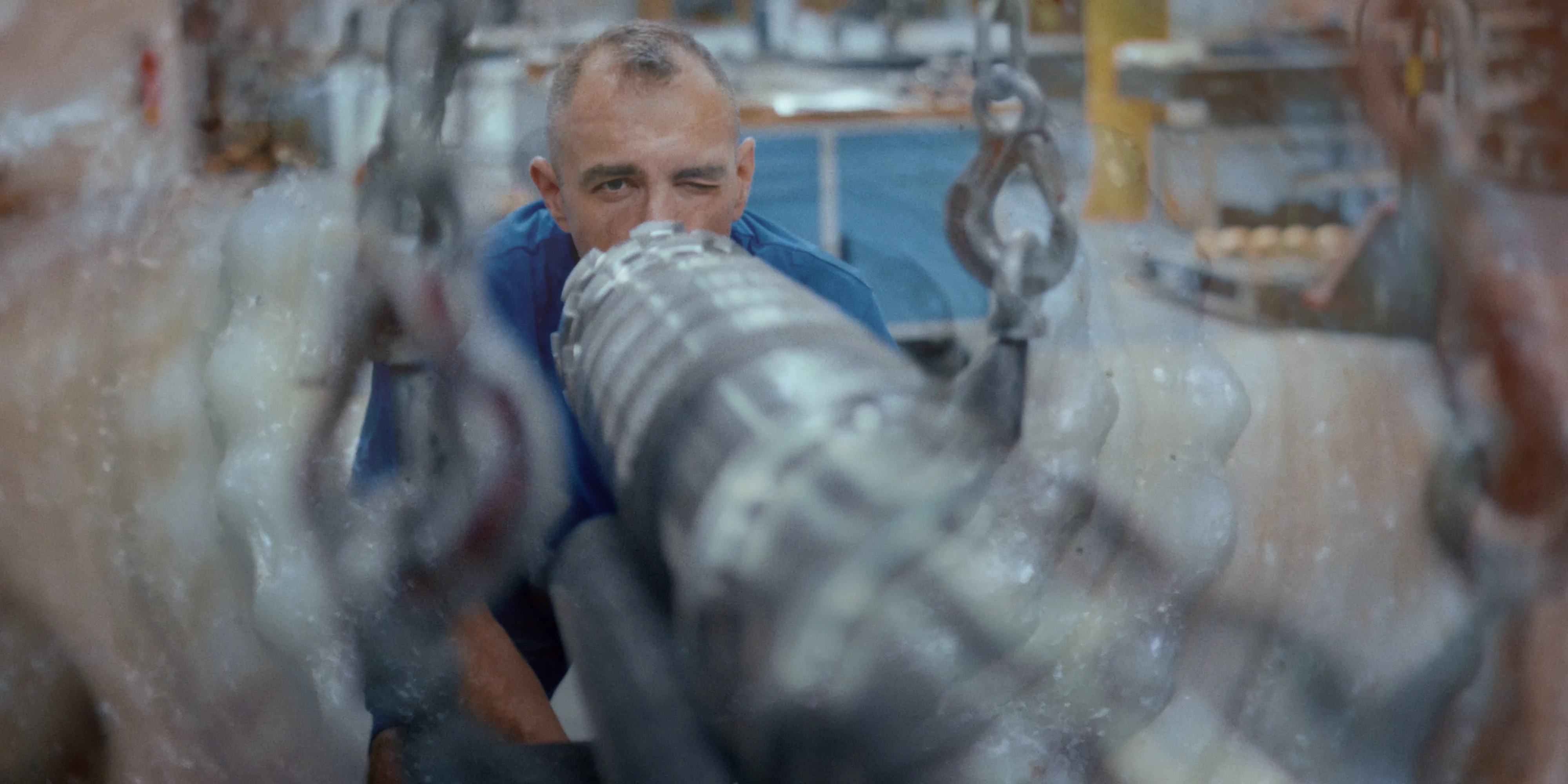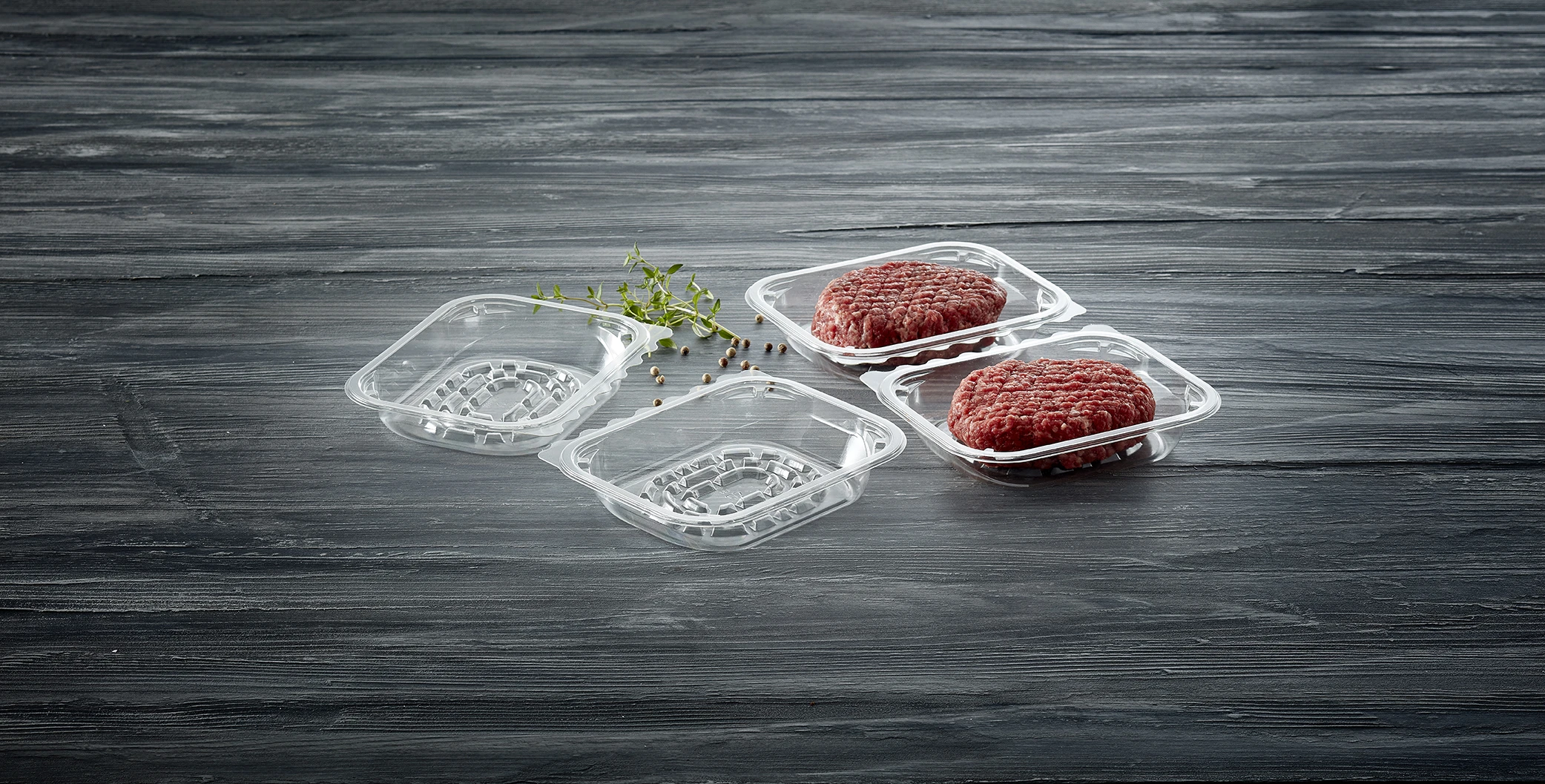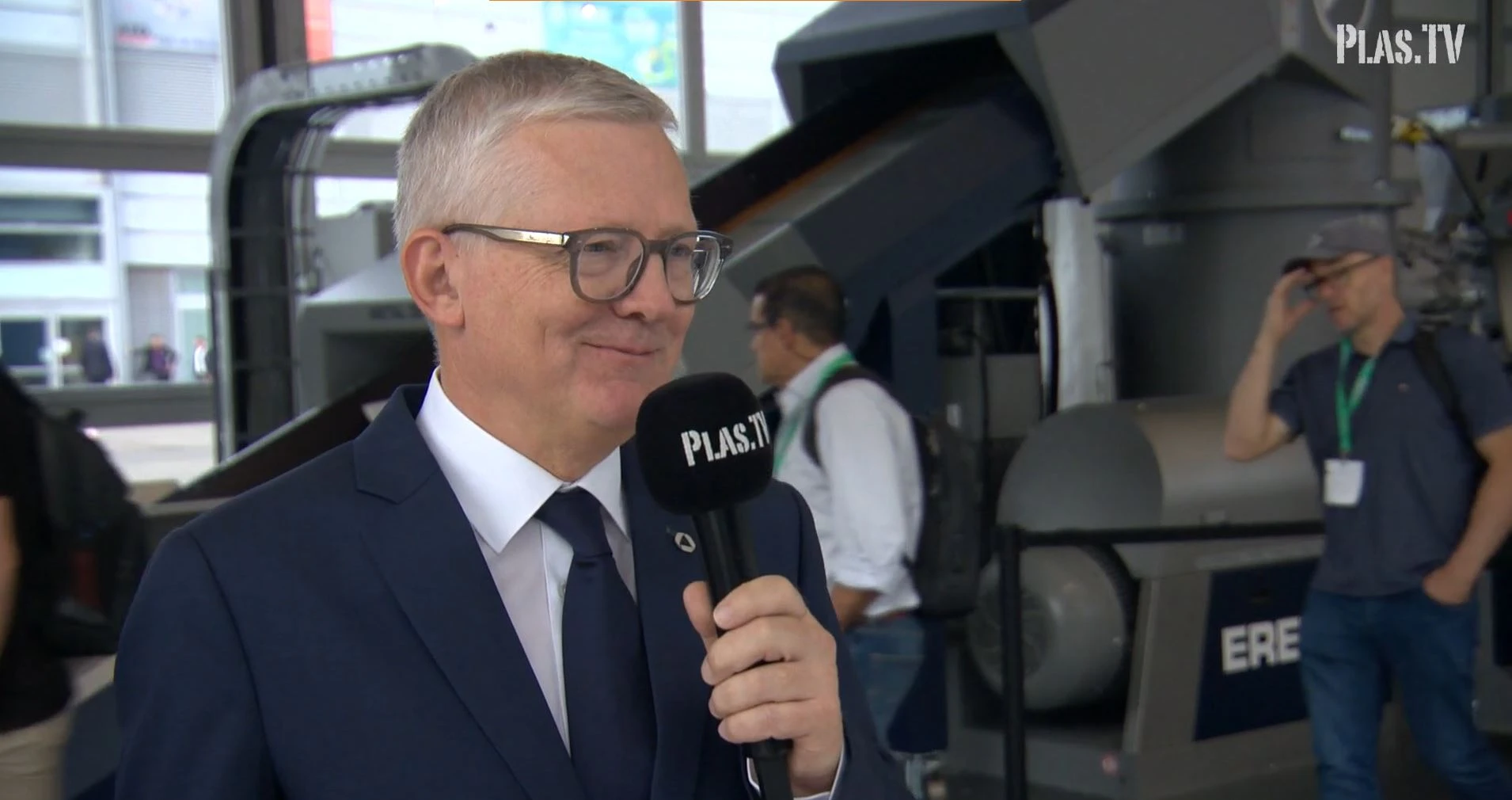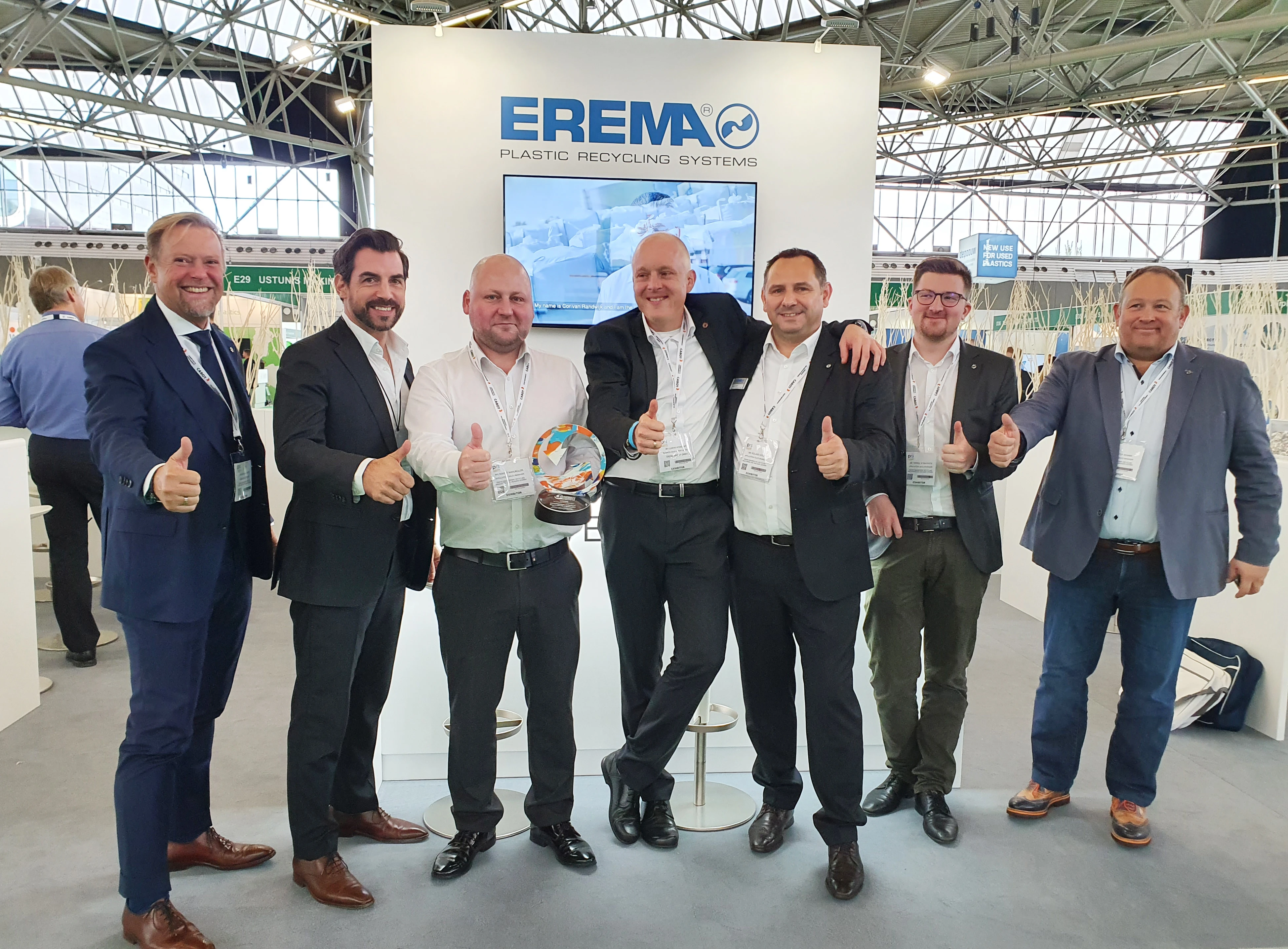From boat rope to pallet, from buoy to harvest crate – for a clean coastline and additional income for local fishing communities in Patagonia. The Atando Cabos project, which also involves EREMA technology, shows how important working together is for the circular economy to succeed. And how an idea can grow into a major project that brings together environmental and social sustainability with financial success.
The success story of the Atando Cabos project began when Michel Compagnon was on vacation. Michel is the managing director of Comberplast, a leading plastics recycling and processing company in Chile. He was with his wife and some friends in Patagonia, the southern tip of South America, to marvel at the beautiful, unscathed landscape. However, when they were there, they didn't only find the unique nature experience they were looking for. They also found polluted beaches and fjords.
The birth of a great idea
On the beaches they found myriad plastic ropes. Michel was interested and began to ask questions: Why are these ropes lying around in the middle of nowhere? What has happened to them?
The answer was sobering: the ropes are simply waste. Old fishing ropes no one needs anymore that are simply thrown into the sea. Or ropes that break loose in the ocean and wash up on the shoreline.
Michel returned from his vacation brimming with impressions and memories. But he had something else in his luggage: ropes. Because what he brought back with him was the idea of wanting to change something about this problem. Back at work at Comberplast, he gathered his team. That was the start of Atando Cabos. From that moment onwards, they worked on the idea of freeing the Patagonian shoreline from waste and to clean the beaches. But how can such an ambitious project work?
Tackling the challenge
The first technical challenge was to shred the ropes. After all, the ropes were made not to break. The next step was to process the shredded material in an extruder to make granules. But that is where the team failed. The reason: The ropes are made of two different materials that are mixed and entangled with each other.
To cleanly separate the substances is impossible. So they launched a research and development process to develop an additive that would make the two materials compatible. And it succeeded. But the next challenge was already waiting for the team: the logistics.
Circular economy through and through
What is the best way to get to Patagonia, to the fjords and the beaches, to collect the ropes and bring them to Comberplast in Santiago de Chile? The solution: the circular economy. One of the most important aspects of the circular economy is working together. The team already had a great deal of experience in this, so they were well equipped for the next stage. The plan: local fishermen collect the ropes, transport them to collection points and are also paid to do so. The fishermen know their surroundings better than anyone else. They know where waste accumulates and where there is a lot of rope to collect. The plan worked. The project took its course.
"In this project, the ropes, the bags and the industrial waste are turned into something useful. What's more, it creates more jobs and income!"
As a result, this project is not only good for the environment, but also helps the local fishing communities. By working together, synergies are created that provide the solution to this problem.
"The project has huge social impact. It's a win-win for people and the environment."
Meanwhile, more than "just" ropes can be recycled using the solution implemented by Comberplast: pipes, buoys, floats and all other products made of polypropylene (PP) and polyethylene (PE). This contributes greatly to the development of recycling in Chile.
"People who were competitors in the past - local fishermen as well as the fishing industry - are now working together."
From pellets to pallets - New products with a purpose
With the help of EREMA technology, practical new products are made from the old ropes and the plastic "waste" from the ocean. The task of the EREMA machine: to extrude high-quality recyclate from the plastic, which serves as the basic material for pallets, harvesting crates and much more. This is also the reason why the project continues to grow strongly. More and more people are joining in, and more and more beaches are being cleaned up. Over 2000 tonnes of waste was collected in just 18 months. The programme will be further expanded in the future. As a partner in this project, EREMA is proud to be involved in this innovative venture.
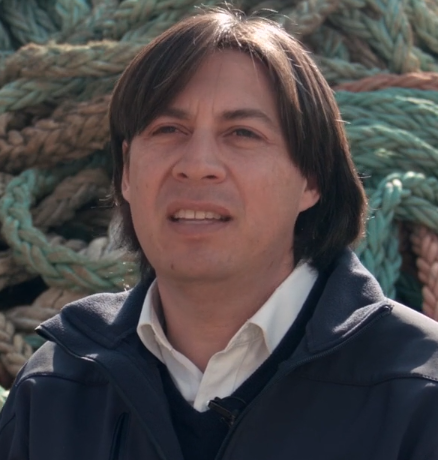
"If we're going to produce more, then more beaches need to be cleaned up to do it. I'm excited to demonstrate that it is possible to do business at the same time as caring about the environment and sustainability."
Michel Compagnon, managing director of Comberplast
Atando Cabos impressively demonstrates how the circular economy works in reality. Born from the dream of cleaning up and restoring the coasts and ecosystem of Patagonia, it has grown into a successful project. A project that delivers quality products with meaning and environmental responsibility, and also brings positive social and economic advantages to many people in Patagonia.
More information: Rethink Recycle Video
(article, 01.10.2019)
